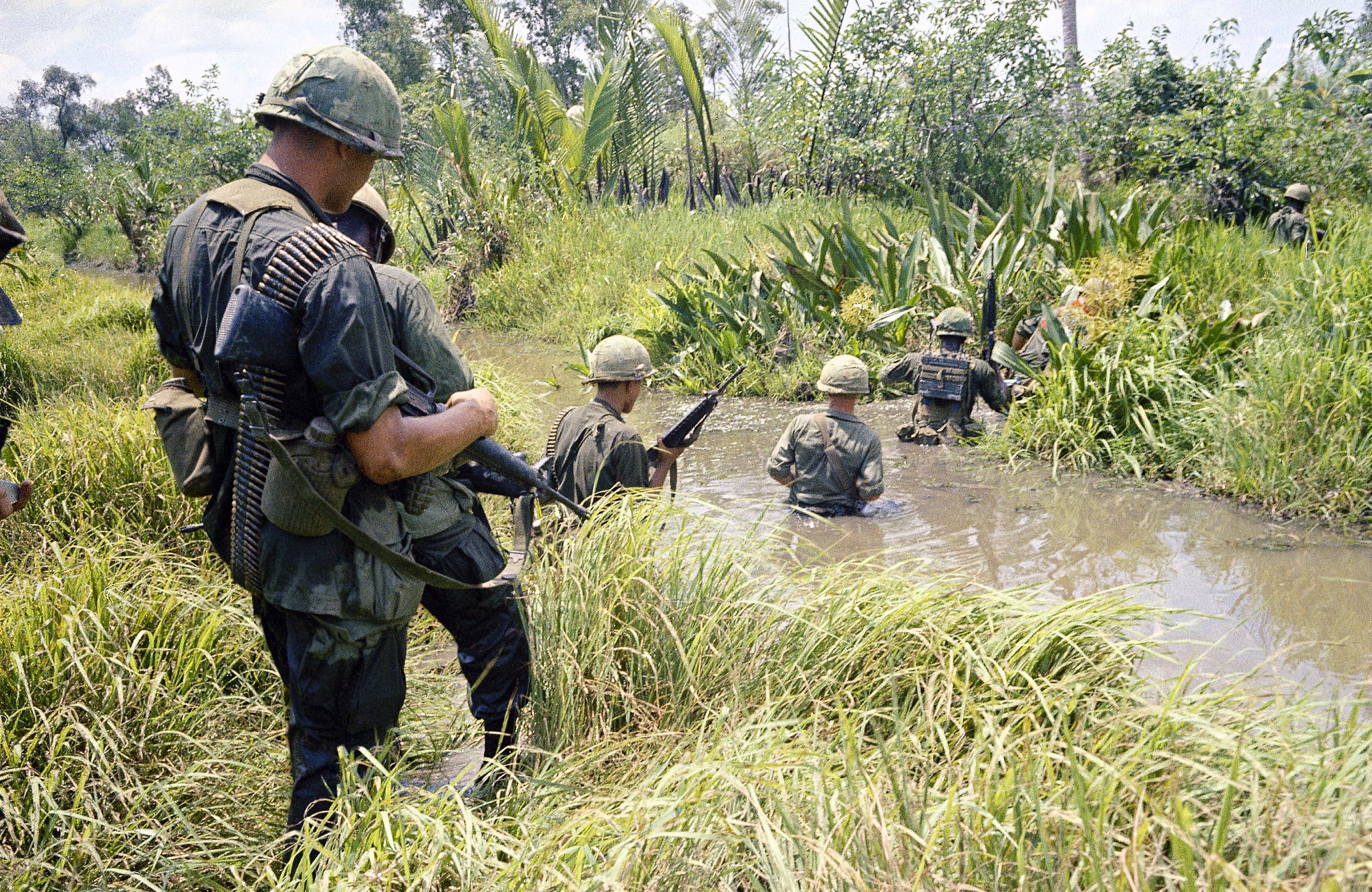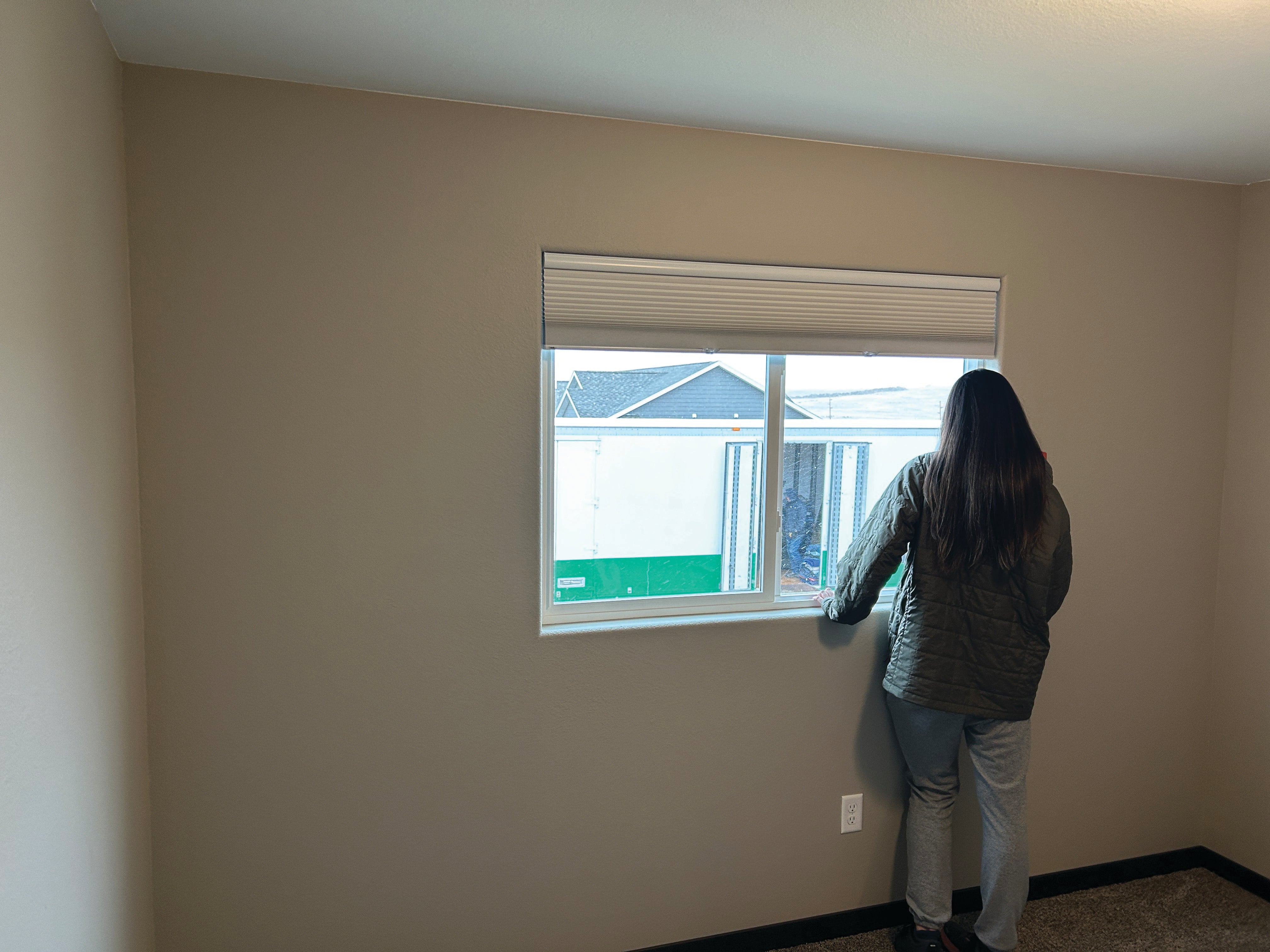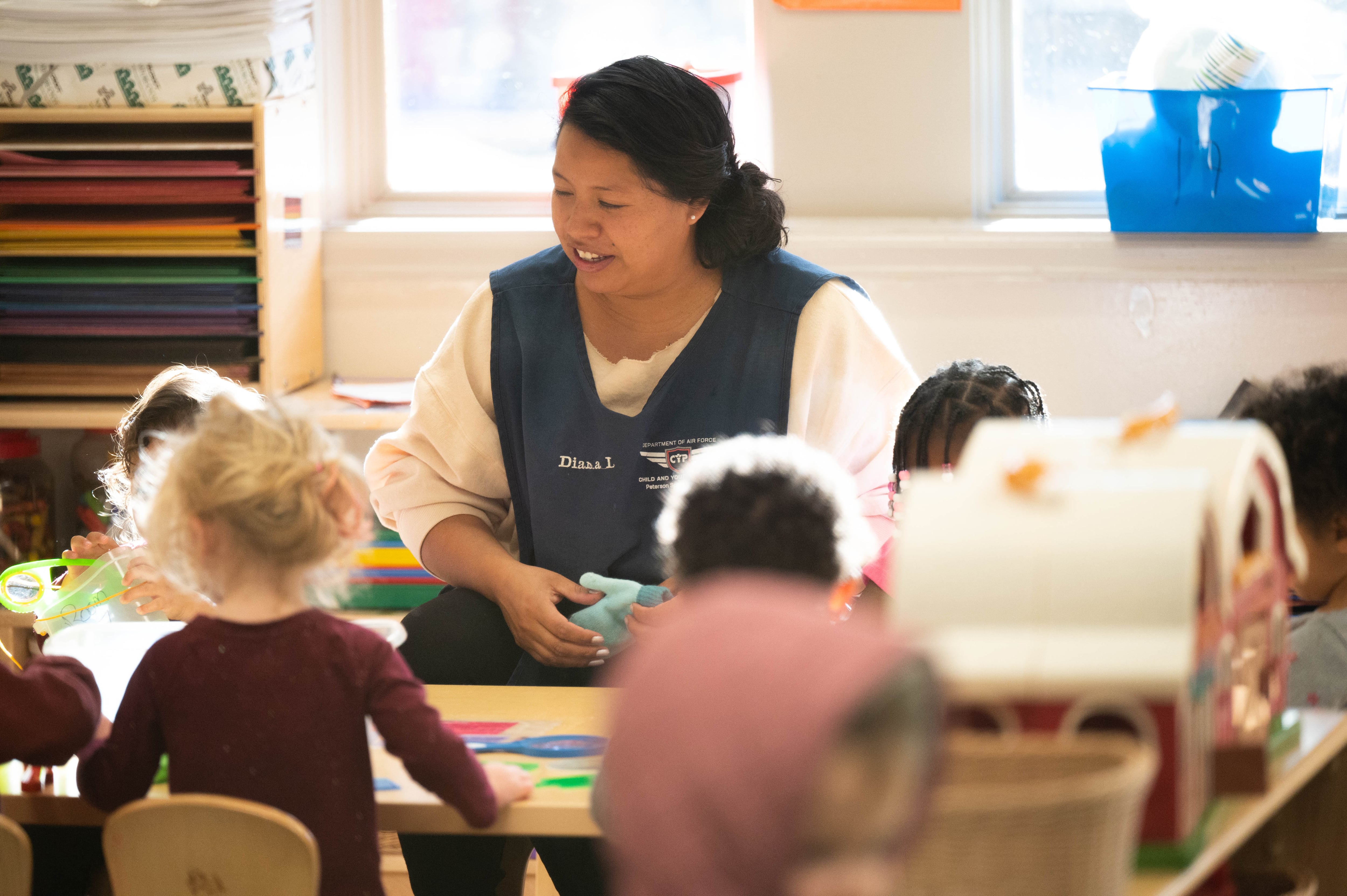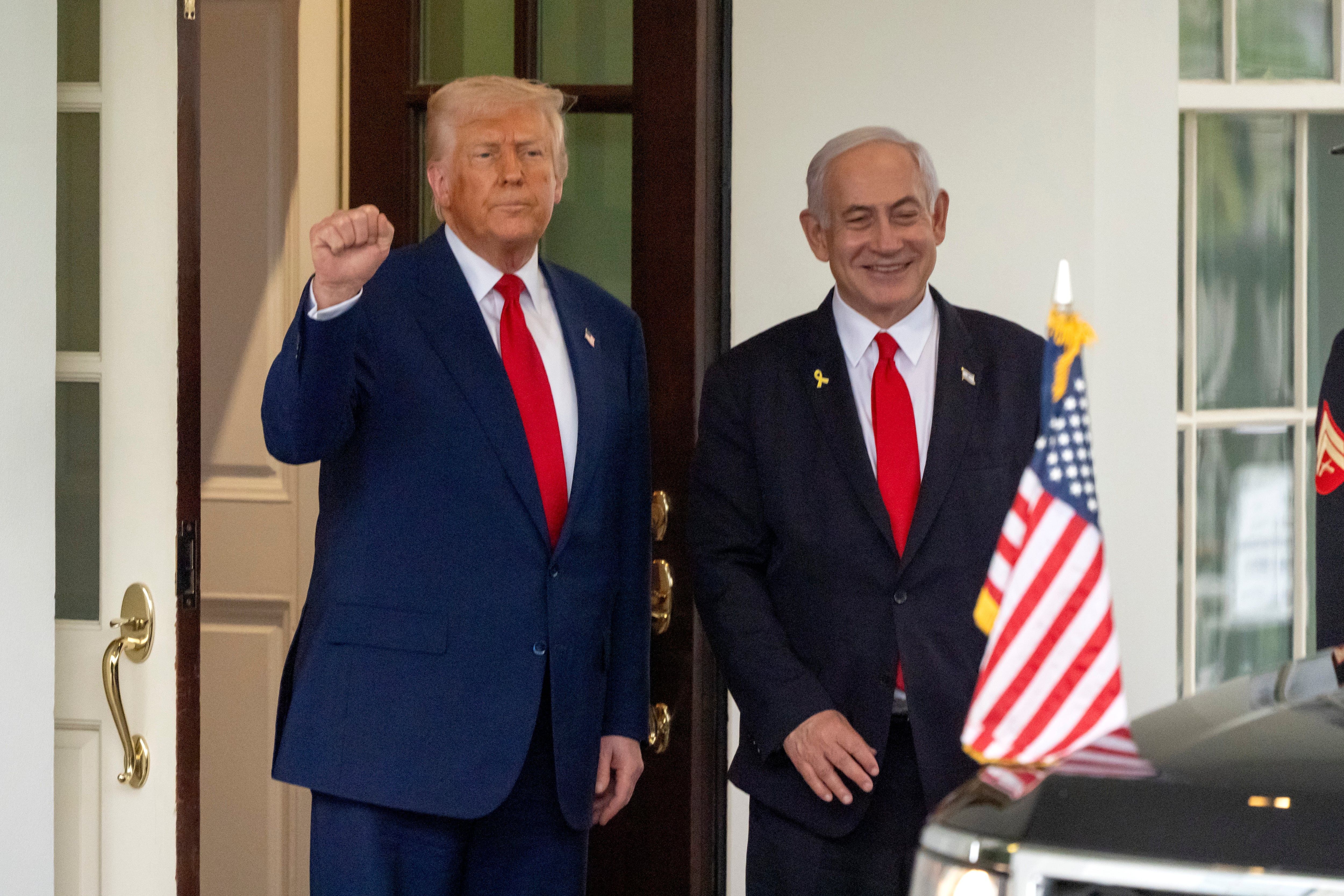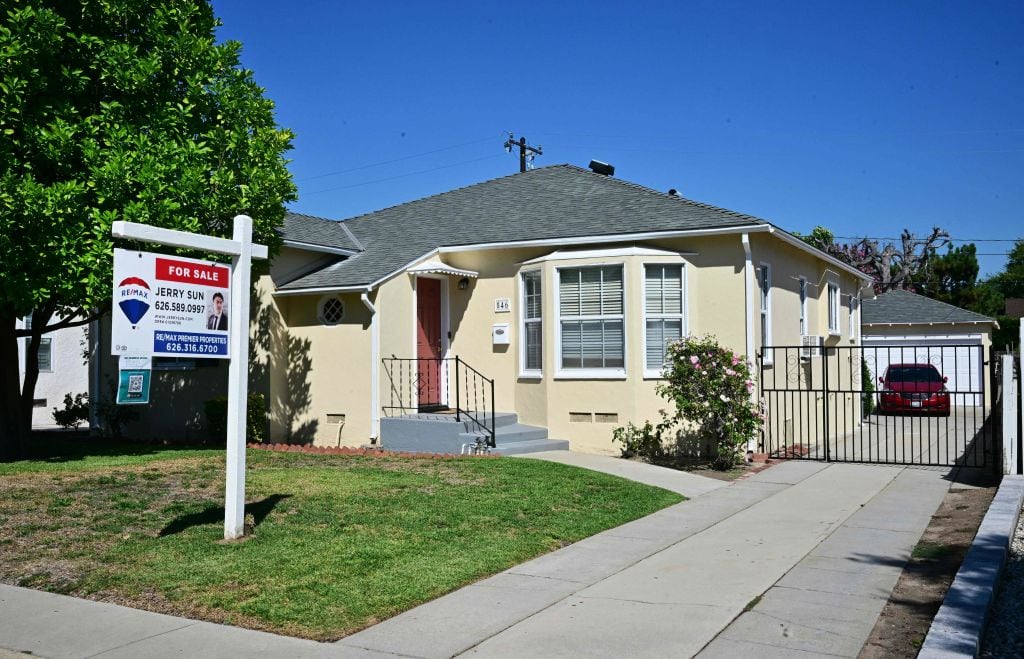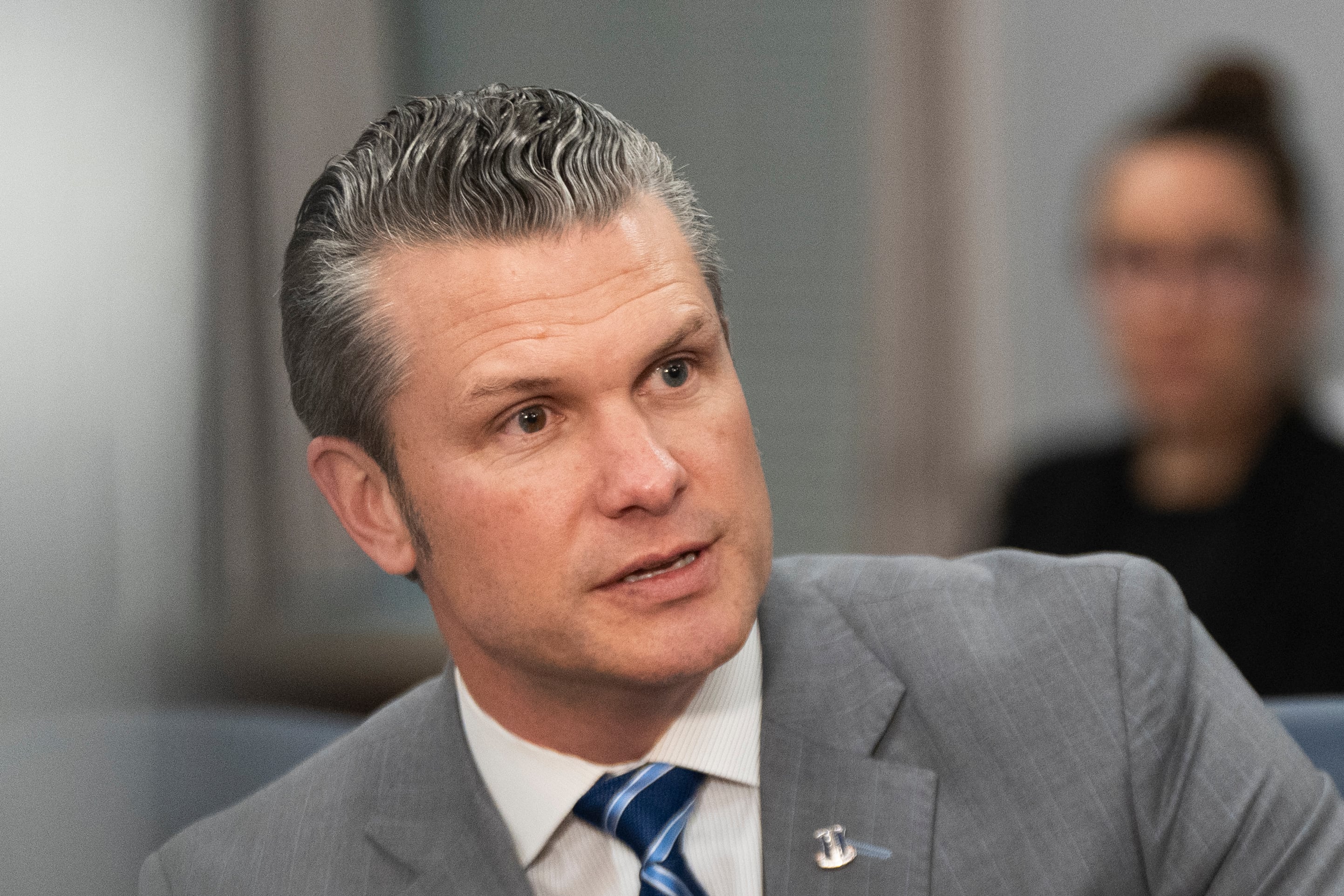The dulcet sounds of Bing Crosby’s “White Christmas” could be heard around the city, but it wasn’t to mark the approaching holiday season, it was the American code signaling the start of Operation Frequent Wind — the evacuation of Saigon.
Beginning on April 29, 1975, Armed Forces Radio jarringly blasted the Christmas song throughout the bombarded city as increasingly panicked American and South Vietnamese clamored to reach the safety of the U.S. Embassy and its evacuating helicopters.
For two days helicopters landed on the embassy’s roof every 10 minutes, moving more than 7,000 people out of Saigon, with the American UH-1 “Huey” helicopter becoming the iconic symbol of the American evacuation of Vietnam.
Now, as the 50th anniversary of the fall of Saigon approaches, Apple TV+ has delivered a six-part series that offers up a personal, unparalleled look into the decades-long conflict.
Narrated by actor Ethan Hawke, “Vietnam: The War That Changed America,” pulls over 1,100 hours of archival footage that places the interviewees — journalists and soldiers alike — back into some of the war’s most consequential events.
Military Times spoke to Caroline Marsden, one of the producers of the series, who spoke candidly about the difficulties of taking on such an expansive project and the “moments where people, in the face of the awfulness of war, do these extraordinary things.”
Vietnam represents a fracture in American society and politics, giving way to something new entirely. How much of a challenge was it to piece together such a splintered narrative?
It was difficult in the sense that you have 10 years, right? So, at that point, it was America’s longest war, longest running war, and you have, for the first time — and last time, really — documentary crews and news crews given unparalleled access to go and film. It meant that for us we had an incredible amount of material to go through. So, in that sense it was difficult, but also what an amazing problem to have.
All that filming that went on also added to the feeling of, ‘Well, what do we want to focus on, really?’ But that became much clearer as soon as we started speaking with people. Most people were out there for a year for their tour of duty, so you could kind of, over the 10 years, just track this change in the war and the people who went through it.
You pulled over 1,100 hours of archival footage for this project. What was that like in juxtaposition to interviewing the men and women today?
That was amazing. How we approached it is that we’d look at footage and see if we could find people in the archive, which is very difficult. But it was also very surreal because you have these scenes with people fighting, they’re shooting over walls, someone shooting at them, and then they have microphones put in their face and they would say their name and that sort of thing. We could track them down sometimes.
I remember in Episode Six, we have one of the Marines who was the last one at the embassy during the fall of Saigon, and we had footage, tons of footage, of the embassy. We were just showing him that, and he was like, ‘Look, there’s me!’ We actually found him a few times, and he was very moved by it.
These are major things that happened to them, that they took part in. Seeing this footage was very moving for them. It was nice to be able to show that because you don’t always know how people are going to react. We always said to them, ‘We’re going to show you something only if you want.’ They always had the option not to look at it, because it can be triggering. But most of them, all of them, wanted to see it.
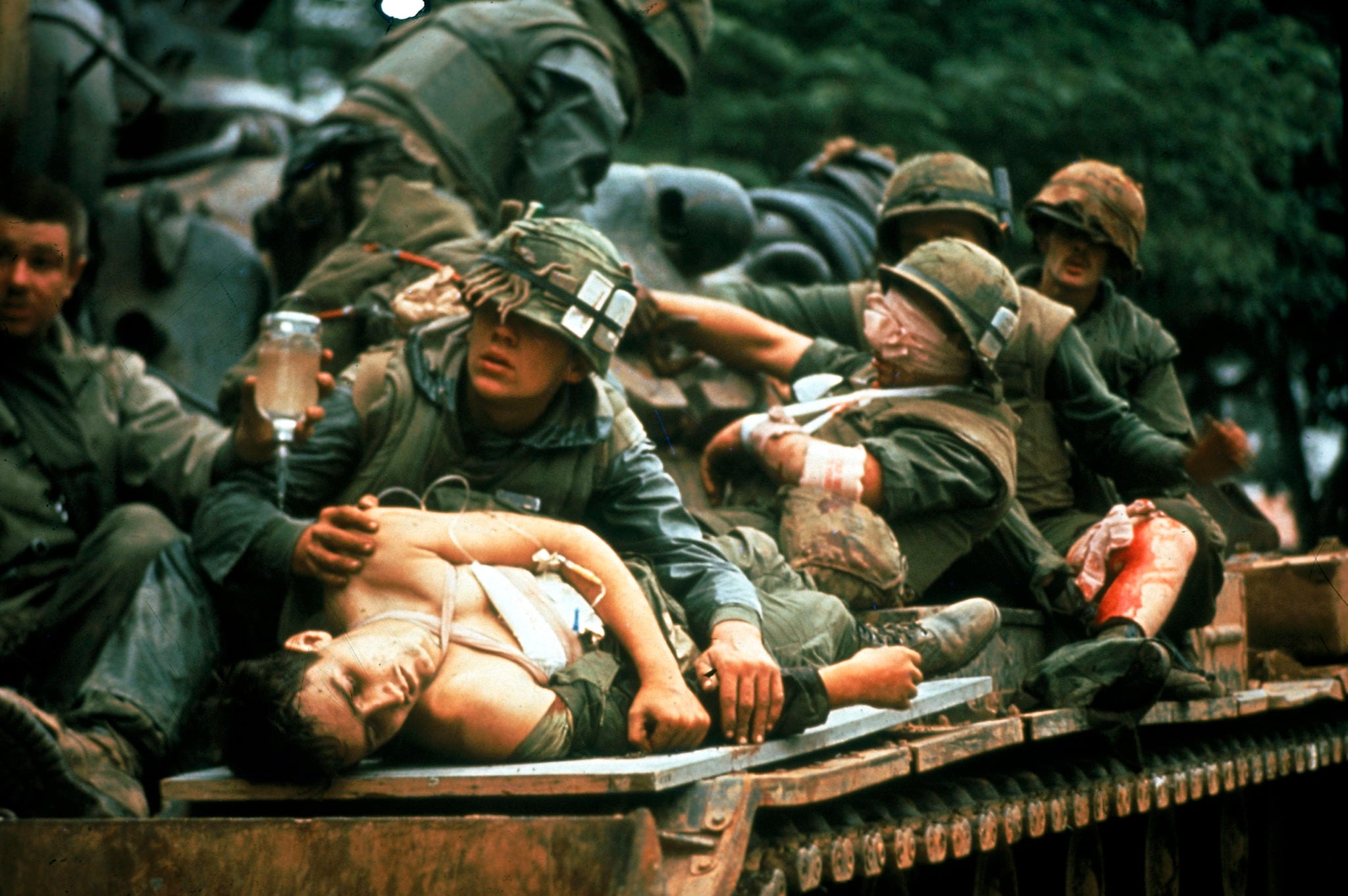
In Episode Four, we interviewed a man called Bill Boyles, and he talked about how he was at university, right? And he’s watching all the footage from Huế, and he sees exactly that — he says he sees this [American soldier] behind a wall shooting at the enemy and then someone puts a mic in his face, and he says something like ‘I just want to go home and go to school.’
Boyles talks about watching that on his TV, and then deciding in that moment, ‘Why should I be out of it? Why should I be allowed to be free of this when guys like him have to go and fight?’ So, he decides that he too will go out and he will fight.
We were able to find in the archives that exact TV clip. It was exciting to have found exactly what he had watched on TV.
You anchor many of the episodes around iconic moments many Americans will know. Are there specific stories that have stuck with you personally?
People are sort of more familiar with certain battles like Hamburger Hill, for example. But people won’t necessarily know what it meant. Our approach to that was to make it personal. In Episode Four we have a nurse who was at Hamburger Hill.
Her father fought in World War II, and she couldn’t stand the protests happening on college campuses. She really felt that they were looking down on the boys that she grew up with who were being drafted and sent out to Vietnam, and that these college students were sort of shirking their duty. And she’s so angry about it, she signs up.
She talks about going down to the draft board and saying, ‘I’m a nurse, and I want to go.’ They couldn’t sign her up fast enough. Initially she’s thrilled to be out there but then she gets there and she’s seeing injuries like she’s never seen before. She talks about this slow change in her view of the war and how Hamburger Hill is happening around that time. You have all these hill battles and men are coming in with unbelievable life-changing injuries. They’re sort of patching them up, sending them back out.
And then she’s sort of going, ‘Well, what did you do? We took a hill, right?’ Then a week later, a bunch of guys coming back in saying, ‘Oh, we’re fighting at this hill.’ And she’s going, ‘But you already took that hill.’
And they’re going, ‘Well, we lost it.’ And she’s thinking, ‘What is the point?’ Young men are being injured. They will never be the same. Lots of them are dying. So, we tell the story from that time in the war through her personal perspective.
From the beginning in the documentary you can see the shift between the men who are serving in 1965-66 to the end of the war. It’s a very different perspective.
Exactly. In the first episode, we’ve got [Col. (Ret.) Ramon] “Tony” Nadal and he’s fighting the North Vietnamese Army in what is almost a traditional battle, right? And then at the same time, we meet the Tunnel Rats, the guys who are discovering that there’s a whole other guerrilla force in the South sympathetic to the communists in the North.
This is a whole new, different type of warfare, different battle strategies. You’re hearing a first-person account of someone who’s a bit like, ‘Holy shit, I have to go in there.’
There have been connections made between the fall of Saigon and the US withdrawal from Afghanistan. After interviewing and viewing extensive archival film, would you consider that accurate?
I have yet to do a documentary about [Afghanistan], so I’ll have to get back to you on that! But on its face, it does seem to have the same sort of similarly wild scenes.
In the series, journalist Hilary Brown talks about how all the journalists are taking bets on how quickly this [fall] will happen. And, wow, it happened very quickly.
There are these sorts of wild escapes at the last minute, but also the sort of extraordinary decisions that were made at that time. I think those are one of the things we focus on in the series, these small shards of light — moments where people, in the face of the awfulness of war, do these extraordinary things.
I do think it’s worth clinging on to those moments as examples of what we can do as human beings.
“Vietnam: The War That Changed America” is available to stream on Apple TV+.
Claire Barrett is the Strategic Operations Editor for Sightline Media and a World War II researcher with an unparalleled affinity for Sir Winston Churchill and Michigan football.
